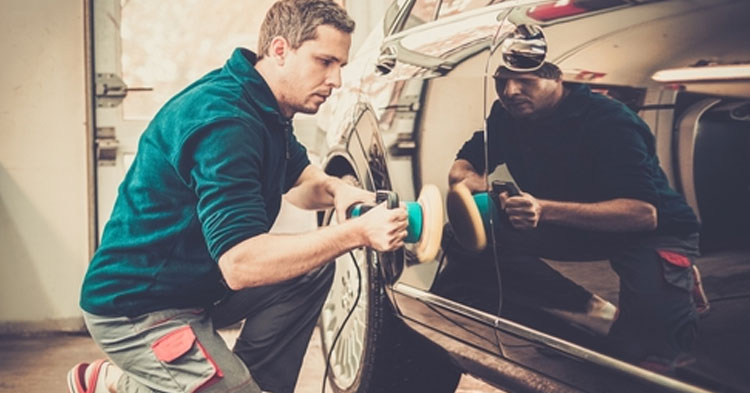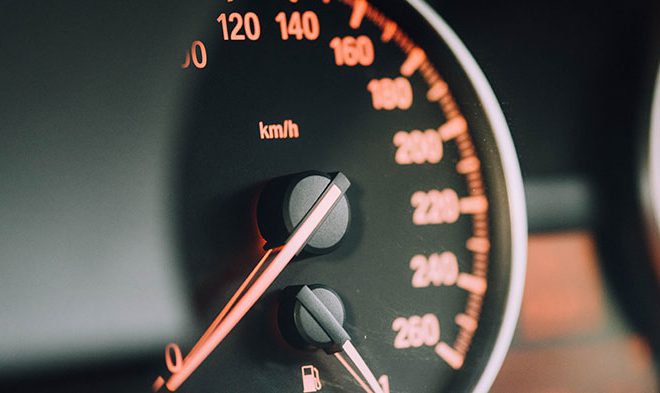Is it really necessary to roadworthy my car?
Arrive Alive, says that having roadworthy cars on our streets is one of the most important requirements for road users’ safety, so this blog lays down the foundation of what it means to have a roadworthy car and keep you and other road users safe.
What do we mean by “unroadworthy”?
Having a car that is roadworthy means that every inch of your vehicle is in tip-top condition. This includes having tyres that are properly balanced and aligned, brakes that work, windscreen wipers that won’t smudge in the rain and no leaking parts.
So how can I make sure my car is roadworthy?
Maintenance plans are put in place for a reason: your car needs to go in for an annual service in order to be checked that it is in proper working order. You may think your car feels fine, but nobody really knows what is happening under the bonnet unless you are a professional. If you do however suspect that there is an issue, don’t hold off taking it into your mechanic. We know that maintenance plans only last up to five years and then you are on your own with payments which can get quite pricey, which is why we recommend you take out a top-up motor warranty.
We also recommend that you take your car to a trusted and certified mechanic or technician. Using poor quality, or second-hand reconditioned, car parts in order to cut costs won’t do anything except put yourself, and the lives of others around you in danger. Also, if you are unfortunate enough to be in an accident and the car assessor sees that the parts in your car are of poorer quality, you can lose money on your claim.
DIY checklist
While it is impossible to tell if there are any major problems with your car until you take it for a service, here are four issues that you can look out for:
- Damaged seatbelts: make sure that all the seatbelts – front and back – are able to extend, fasten and unclip easily. In the event of an accident, it is your seatbelt that is most likely to protect you.
- Pap tyres: make sure that your tyres are pumped to their full capacity (each car is different so make sure you know the capacity) and that the tread is not worn out. Having faulty tyres are one of the main causes of accidents. Find out more about insuring your tyres in our recent blog post.
- Faulty electrical systems: this is probably the worst malfunction to ignore. Most modern vehicles work off a computer system so if something fails, so will your car. If you suspect anything, even if you think it is minor, take it straight to your mechanic and let them be the judge of that.
- Faulty brakes: this is another part of your car you don’t want to neglect or ignore. Make sure that you constantly check your brake-fluid level, and have your front and rear disk pads checked and replaced if necessary. If you don’t keep your brakes in 100% condition, you are not only putting your life in danger, but others as well.
Driving a safe vehicle is cannot be compromised. Accidents can happen when we least expect them and we need to be on full alert.
It is a legal requirement for your car to be roadworthy before you can take out car insurance so visit www.dekraauto.co.za to find you closest roadworthy test centre.




